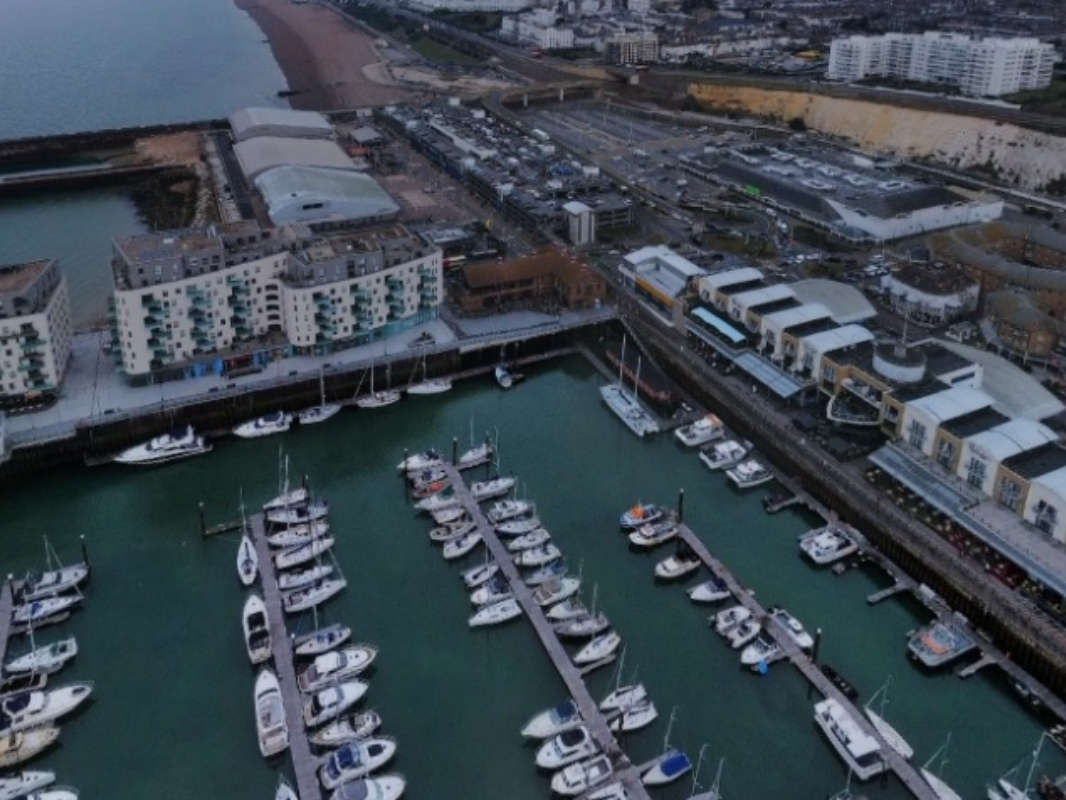
The council is considering banning new builds being used as holiday lets or second homes.
Councillors are being asked to approve the development of a principal residence policy (PRP).
Similar policies, which require a new build to be the owner’s main home, exist in small, rural and coastal communities around the country, but not yet in any cities or large urban areas.
But officers warn blanket bans have not been proven to work – and in some cases have even been counterproductive.
Instead, they propose a policy which would work in a similar way to HMO restrictions, with a ban only coming into force once a saturation threshold is met.
Labour councillor Gill Williams, who previously chaired the council’s Housing Committee, asked the full council meeting for the report to look at ways to impose new build restrictions.
When she put the case, the East Brighton ward councillor said:
“Many families, key workers and people of all ages are being priced out of our city by the lack of affordable housing.
“Our communities are suffering because of the sky-rocketing costs of homes – and lack of control on the second home market is a major contributor to this.
“We must do all we can to prevent the development of high-cost apartments such as the gasworks, which is looming – and these are marketed specifically at the wealth investment market.”
A report before the Tourism, Equalities, Communities and Culture Committee on Thursday, 16 June said research by the London School of Economics in 2019 suggested in St Ives, Cornwall, new builds had slowed.
Instead, buyers started targeting existing housing for second home purchases since St Ives introduced a PRP.
Brighton and Hove 2011 Census information found that 1.7 per cent of the city’s 126,827 “household spaces” were second or holiday homes – roughly 2,150.
As of March 2022, the website airdna.co found 3,118 properties in the city marketed as short-term holiday lets – although this figure will be a mix of pure holiday lets and people occasionally letting out their homes when they’re away.
According to the report, there is a lack of published evidence on the effectiveness of PRPs in reducing second home ownership and improving housing affordability.
From April 2023, second homeowners must prove their holiday lets are rented out for a minimum of 70 days a year to qualify for small business rates relief.
The report said:
“A second home that is frequently occupied can bring economic benefits to the community through occupiers supporting local businesses and services.
“Second homes that are unused for much of the year provide little or no benefit to the community.
“Large numbers of second homes and holiday lets can reduce the availability of long-term private rental housing and have an adverse impact on local communities and the sustainability of local facilities.
“If not well managed, short-term holiday lets can cause anti-social behaviour.”
A PRP cannot be used retrospectively to second homes in recent new builds or applied to existing housing stock.
Councillors are advised to avoid a city-wide policy as it is difficult to justify.
Members are asked to consider a “supportive policy” in the city plan to guide neighbourhood plans or a neighbourhood plan policy.
Both policies would introduce restrictions on second homes once 20 per cent or more housing is used for that purpose.
A city plan policy would review and identify hotspots, whereas the neighbourhood plan policy would allow neighbourhood forums to restrict second homes in their areas.
The 20 per cent figure comes from an analysis of areas adopting similar policies as that proportion is considered a “tipping point” or “trigger of harm” for communities.
Before moving forward with a PRP, the council would need to analyse the 2021 census to find the number of second homes in the city and review ward-level information to establish the hot spots.
The Tourism, Equalities, Communities and Culture Committee meets at Hove Town Hall at 4pm on Thursday 16 June.

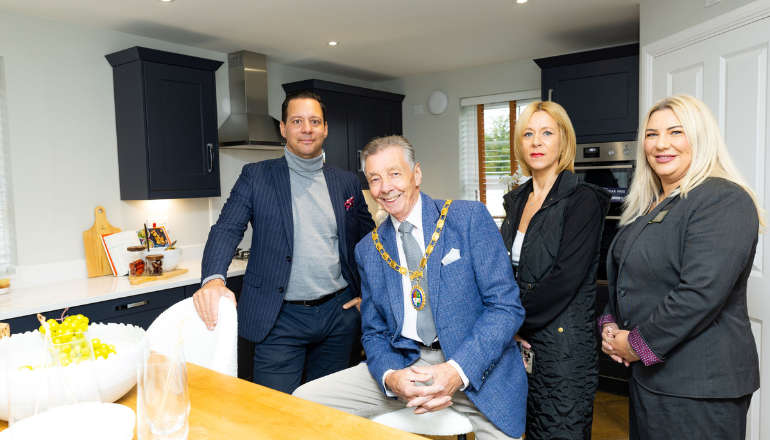 Hailsham Mayor Launches Show Home At Cuckoo Fields Development
Hailsham Mayor Launches Show Home At Cuckoo Fields Development
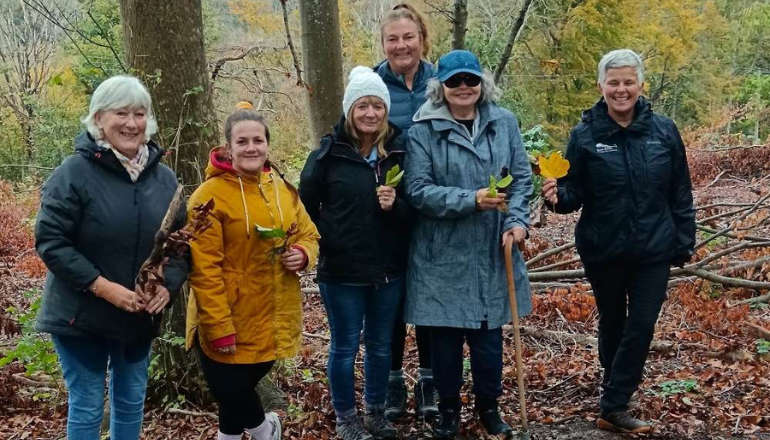 East Sussex Carers Could Be Missing Out On Rights And Support
East Sussex Carers Could Be Missing Out On Rights And Support
 Appeal Following Garage Burglary In St Leonards
Appeal Following Garage Burglary In St Leonards
 Appeal To Identify Man In Connection With Hate Crime Incident
Appeal To Identify Man In Connection With Hate Crime Incident
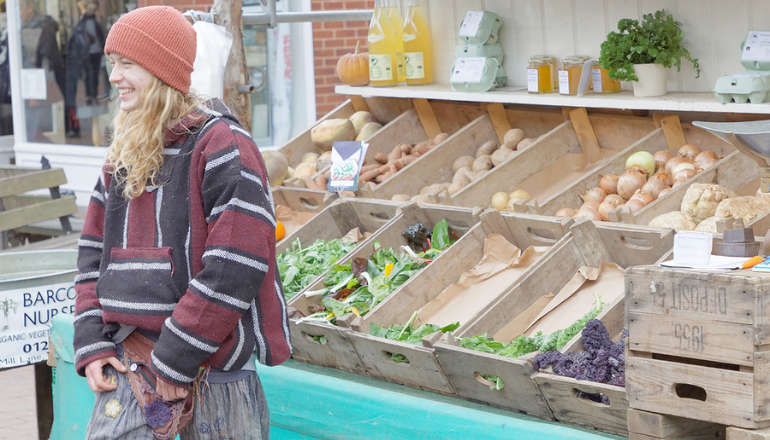 Survey On Lewes Farmers Market
Survey On Lewes Farmers Market
 Tottington Manor Wins The Blue Ribbon Good Food & Good Hotel Awards, 2024
Tottington Manor Wins The Blue Ribbon Good Food & Good Hotel Awards, 2024
 Professional Photographer To Stage Six-Week Exhibition At Iconic East Sussex Forest
Professional Photographer To Stage Six-Week Exhibition At Iconic East Sussex Forest
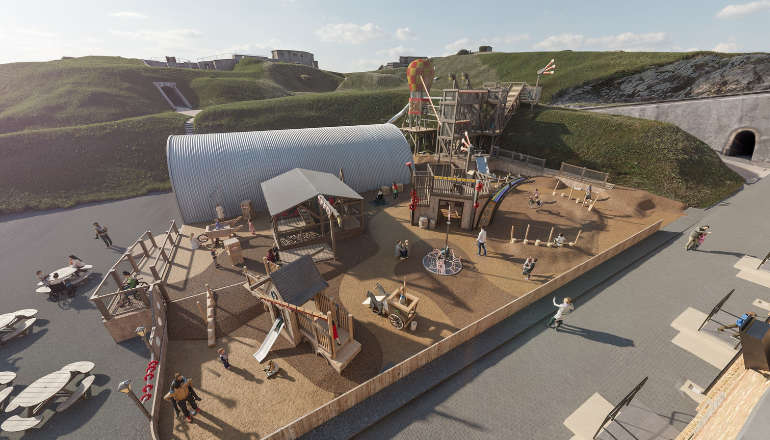 First look at plans for Newhaven Fort's thrilling new adventure playground
First look at plans for Newhaven Fort's thrilling new adventure playground
 East Sussex's Kristina Could Earn Most On Instagram From Married At First Sight UK
East Sussex's Kristina Could Earn Most On Instagram From Married At First Sight UK
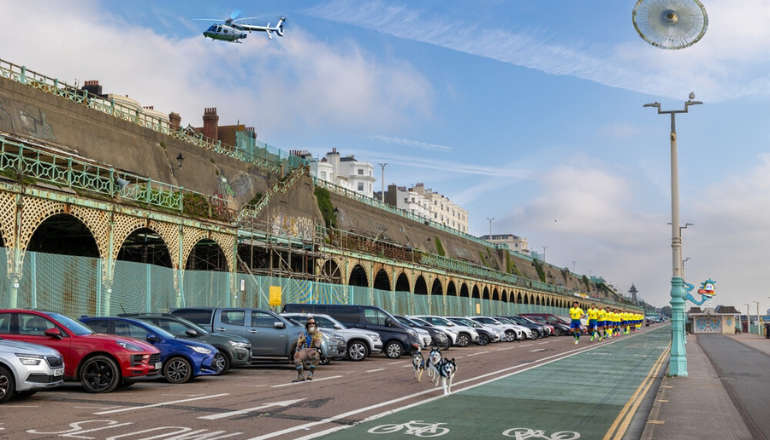 Madeira Terrace Restoration Work Starts On Site Next Week
Madeira Terrace Restoration Work Starts On Site Next Week